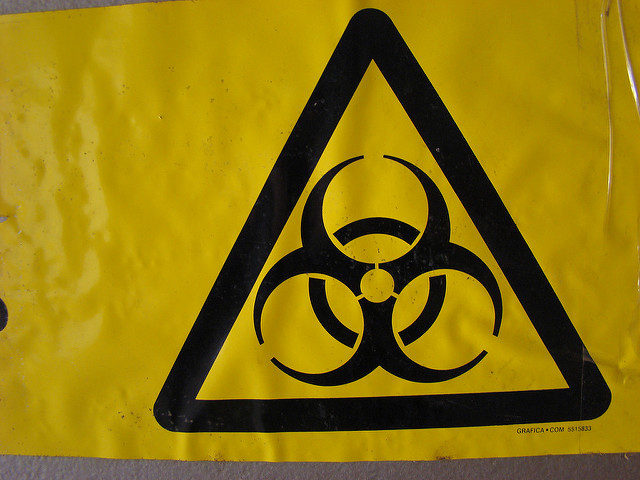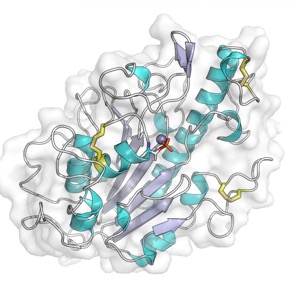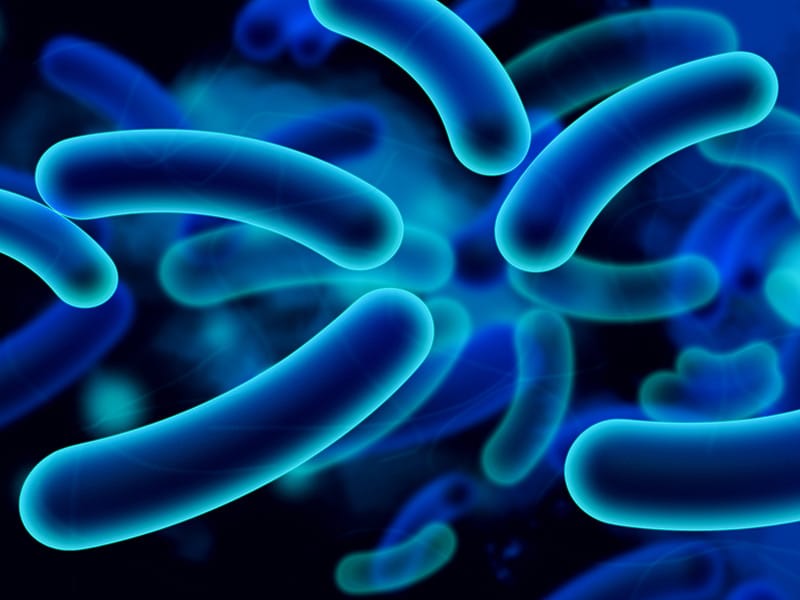Biorisk: Doomsday Bug, Resistant to Every Drug, Fo
Post# of 65629

1 Feb 2017

Los Angeles County Health authorities issued a national biorisk warning on Tuesday after identifying a patient infected with the 100 percent drug-resistant “mcr-1” bacterial pathogen, apparently acquired through international travel.

X-ray crystal structure of the catalytic domain of the MCR-1 protein.
Scientists first reported the emergence of the plasmid-encoded mcr-1 gene, which is completely resistant to all known drugs in a Pennsylvania female patient with a urinary tract infection in November 2015. The discovery set off a worldwide biorisk warning from the World Health Organization, causing bacteriologists to scour their international “collections” of thousands of frozen bacterial isolates in search of any similar gene DNA.
The British Lancet medical journal reported last May that English and Chinese microbiologists had found almost 100 instances of the biorisk gene. With some of the frozen samples going back over five years, researchers indicated that mcr-1 resistance may be more widely distributed than expected.
The L.A. County biorisk warning is the first public disclosure that the mcr-1 gene “has been reported in human specimens from five additional states and in animal specimens from two states.”
California hospital-based health providers are being directed to follow LAC Department of Public Health recommendations regarding infection control, testing, and reporting for patients with suspected and confirmed mcr-1 organisms. All LAC health care facilities also must report any mcr-1 indications within 24 hours of discovery.
The mcr-1 gene is zoonotic, which means it can be transferred from humans to animals or vice versa. After it was first determined in June that seagulls may carry mcr-1, health officials realized that the gene could be subject to airborne transmission; transmission through animal interactions; through handling infected meat; and by drinking animal-contaminated water.
National Geographic reported that mcr-1 drug-resistance is due to mobile genetic elements called plasmids. But rather than just the risk of infection spreading from one person or one animal to another, “plasmids sequencing and subcloning” can move from one bacterial species to another. That has already been documented with E. coli and Klebsiella bacteria in the human stomach swapping their plasmids. That means no one is sure how far and how fast mcr-1 drug resistance will, or has already, spread.
Antibiotic Resistance Gene mcr-1
Not Easily Spread

 (2)
(2) (0)
(0)